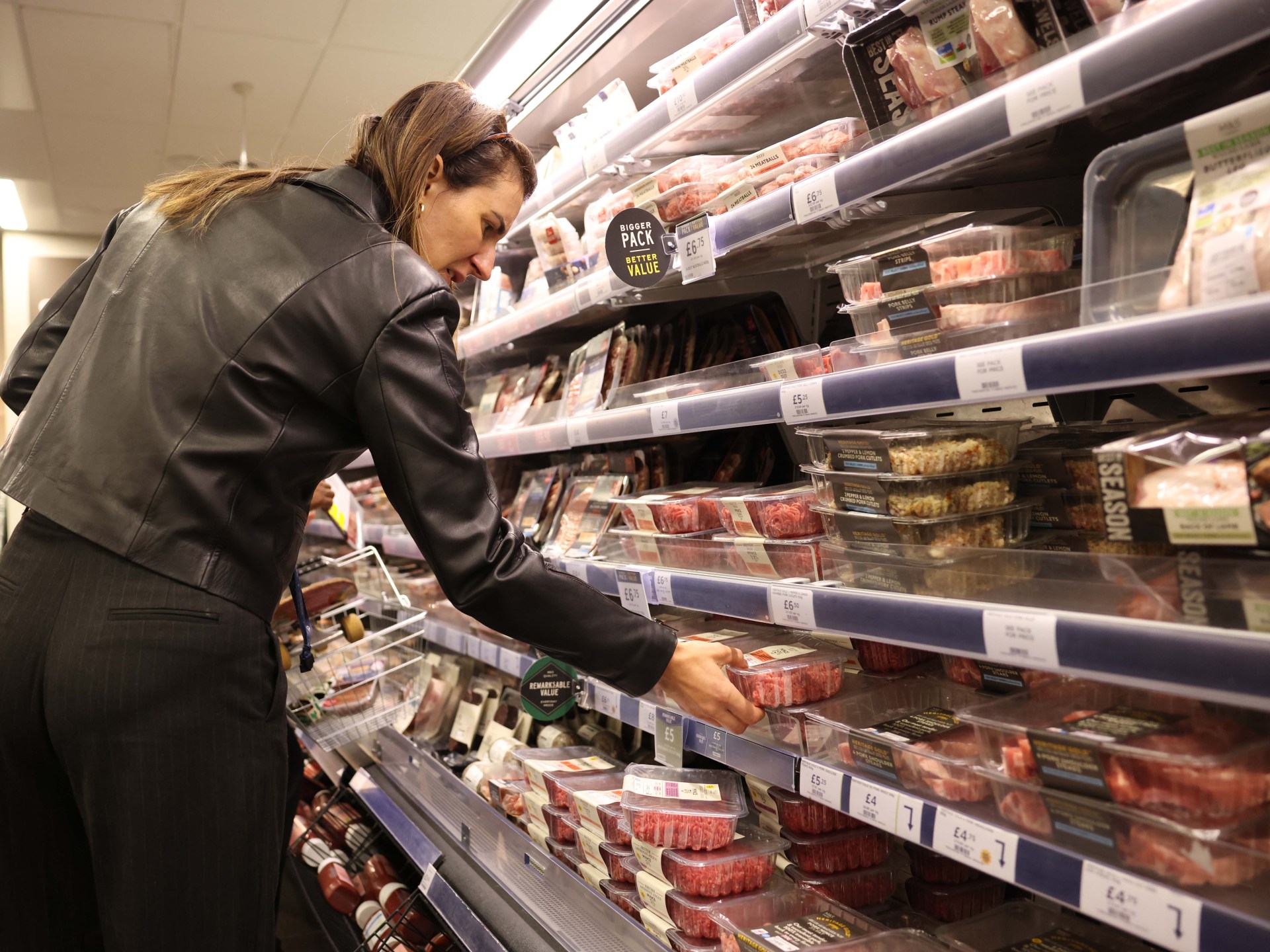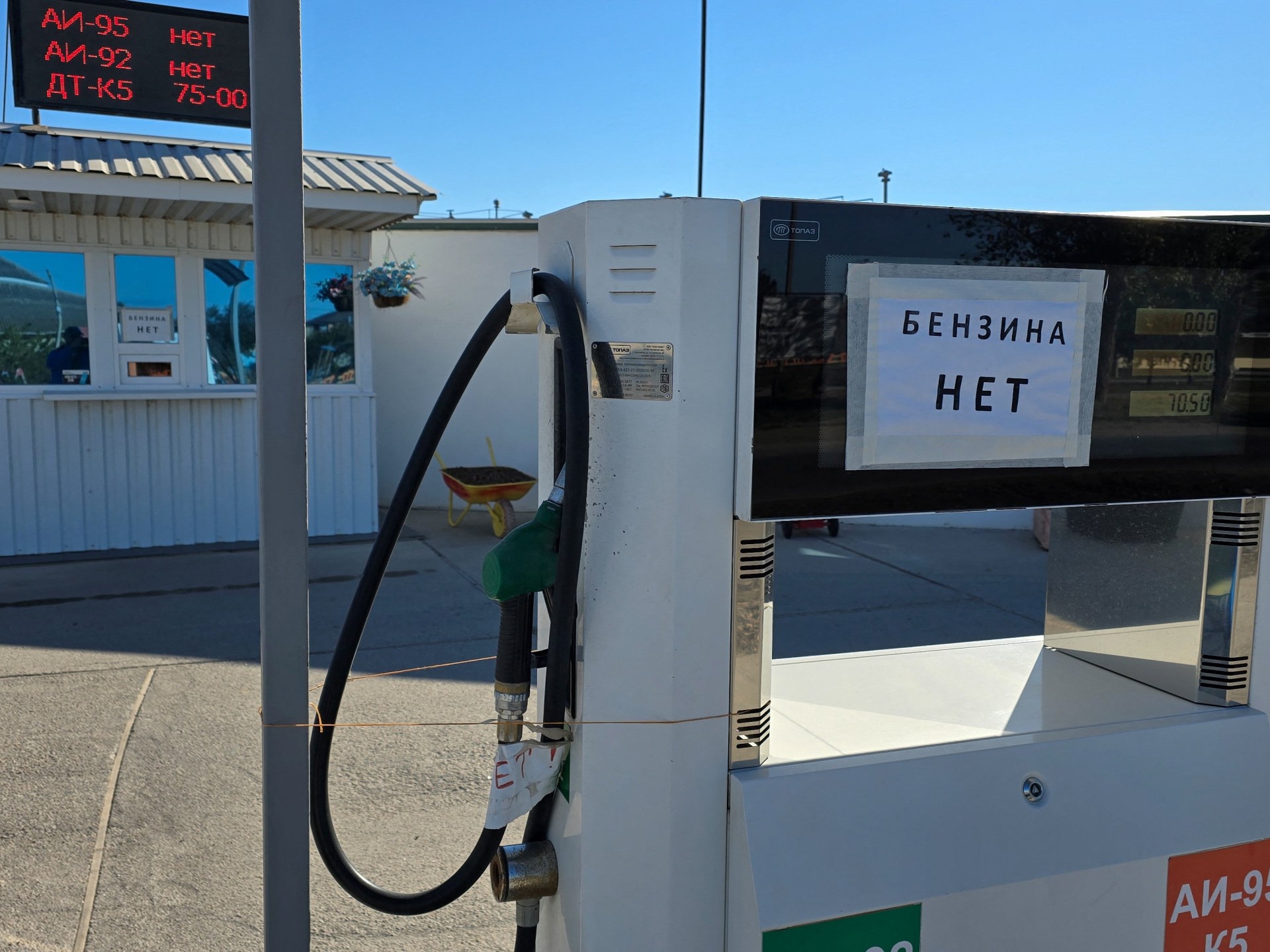You go into a store to buy a two-litre bottle of milk at your local supermarket and pay $3. But the person before you in the queue paid $3.50. And the person after you paid $2. What if those prices were based on your personal data or circumstances, or even the battery power on your phone?
This may sound like science fiction, but it’s not as far-fetched as you might think.
In July, US group Delta Air Lines revealed that approximately 3 percent of its domestic fare pricing is determined using artificial intelligence (AI) – although it has not elaborated on how this happens. The company said it aims to increase this figure to 20 percent by the end of this year.
The news raised concerns among consumers that Delta might be using customers’ data to determine what to charge them. So, US Senators Mark Warner, Ruben Gallego and Richard Blumenthal sent a letter to Delta Air Lines requesting further information about its reported plans to implement AI-driven “dynamic pricing”.
“Delta’s current and planned individualised pricing practices not only present data privacy concerns but will also likely mean fare price increases up to each individual consumer’s personal ‘pain point’ at a time when American families are already struggling with rising costs,” the letter stated.
Although Delta did not deny using AI to set prices, it replied, telling the senators that it does not use it for “discriminatory or predatory pricing practices”.
According to former Federal Trade Commission Chair Lina Khan, however, some companies are able to use your personal data to predict what they know as your “pain point” – the maximum amount you’re willing to spend for a specific good or service.
In January, the US’s Federal Trade Commission (FTC), which regulates fair competition, reported on a surveillance pricing study it carried out in July 2024.
It found that companies can collect data directly through account registrations, email sign-ups and online purchases in order to do this. Additionally, web pixels installed by intermediaries track digital signals including your IP address, device type, browser information, language preferences and “granular” website interactions such as mouse movements, scrolling patterns and video viewing behaviour.
This is known as “surveillance pricing”.
What is surveillance pricing?
Surveillance pricing is the practice of monitoring consumer data to set individualised prices in order to maximise profits for the retailer.
Put simply, having access to your personal information enables retailers to charge you the most they think you will be willing to pay.
In a 2024 research paper, Oren Bar-Gill, legal scholar and economist at New York University, describes surveillance pricing as follows: “Fuelled by big data, algorithmic price discrimination enables sellers to parse the population of potential customers into finer and finer subcategories – each matched with a different price.
“In some cases, sellers are even able to set personalised pricing, marching down the demand curve and setting a different price for each consumer.”
In an interview with economist Robert Reich in July this year, Khan said: “Evidence shows that ride-sharing apps are charging different prices for the exact same rides at the exact same time. It’s not entirely clear, but researchers ran tests and found that riders with lower battery life on their phone were charged more.”
Uber denies it is deliberately targeting any of its app users with higher prices. However, its former head of economic research, Keith Chen, did reveal in an NPR interview in 2016 that the company had discovered that users with low battery life were more likely to accept surge pricing.
“Uber has found that those with a low battery tend to accept the surge price regardless, because they need a ride home that minute, instead of waiting an extra 15 for the surge to possibly go down.
“We absolutely don’t use that to kind of push you a higher surge price, but it’s an interesting kind of psychological fact of human behaviour.”
Then, in 2023, an investigation by Belgian newspaper La Derniere Heure also found that prices for the same journey on the Uber app can be different for different users. In particular, its test found that the same ride from the newspaper’s office in Brussels would cost more ordered from a phone with 12 percent battery – 17.56 euros ($20.51) than from one with 84 percent – 16.60 euros ($19.39).
When approached for comment, Uber denied this, stating: “Uber does not take into account the phone’s battery level to calculate the price of a trip. The dynamic pricing applied to trips booked via Uber is determined by the existing demand for rides and the supply of drivers who can respond to it.”
How does surveillance pricing work, exactly?
Retailers can monitor your online behaviour by recording what you click on, your browsing time, location and device choice and combine all this with your purchase history to determine your “price sensitivity”.
“Price sensitivity” typically measures how much customers’ buying behaviours change in response to shifts in product prices.
To do all this, they use AI surveillance tools to produce pricing recommendations. These sophisticated systems operate across a spectrum, from broad store-wide pricing strategies to personalised, real-time price adjustments tailored to individual user behaviour patterns.
A wide range of consumer-facing businesses – both online-only and high-street retailers – including grocery, apparel, health and beauty, home goods, convenience, hardware and general merchandise retailers, were included in the January FTC surveillance pricing study.
According to the study, these are some of the ways retailers are using surveillance pricing to various degrees:
- Targeting ‘reluctant gamblers’: For instance, the study found, “if a hypothetical customer who visits a sports betting website demonstrates hesitation by lingering on the homepage longer than expected or moves their cursor towards the button to close out their browser tab, the website may trigger a pop-up showing popular sporting events to incentivise the visitor to remain on the website and place a bet.”
- Targeting inexperienced buyers: For example, a car dealership could offer an in-store kiosk to help customers explore different vehicle models, features, and financial options for a car. This customer can then potentially be “segmented” as a “first-time car buyer”, implying the shopper might be “less savvy about the options available and be promoted particular financing rates, trade-in discounts, or maintenance products”, the study concluded.
- Targeting customers selecting ‘fast delivery’ option: For example, a parent selecting the “fast delivery” option for a purchase of baby formula could be a rushed parent who may be less “price-sensitive”.
- Excluding loyal customers from discounts: For example, the study said, a pharmacy could choose to exclude regular customers from a special promotion for over-the-counter medications or weight-loss supplements because it believes those customers would buy the products anyway. “Instead, it may target discount codes to a group of infrequent buyers for these products who may be ‘at risk’ of disengaging.”
- Analysing customer behaviour: “Actions like placing an item in a cart, but not purchasing, or sorting a feed of products from ‘lowest’ to ‘highest’ price, could hypothetically be used to infer aspects such as a shopper’s emotional state, purchase intent, or financial sensitivity,” the study concluded.
- Video engagement: Online retailers can determine how likely someone is to pay higher prices through measuring their engagement with information videos, the study found. “An online retailer for survivalist gear, for example, could use the information that a site visitor watched at least 65 percent of a video on its homepage as a signal that they might be receptive to text messages urging them to make a purchase,” it said.
- Using personal data for targeted advertisements: For example, a cosmetics company could collect information on consumers’ skin types or skin tone through a survey. “The company can then use that information about skin tone to target consumers with ads or promotions,” the study found.
- Location-based pricing: Retailers can tailor their websites so that visitors see only the specific prices featured in the store nearest to their location.
How is AI used in surveillance pricing?
Retailers are using AI to gather detailed information about consumers, including login data, location, browsing behaviour, “abandoned cart items”, and even mouse movement patterns, and then feeding this information into pricing algorithms.
AI assesses an individual’s willingness to pay (WTP), then systematically tests various price points to identify the optimal price which will generate the most revenue.
“Sellers are increasingly utilising big data and sophisticated algorithms to price discriminate among customers,” says Bar-Gill. “Indeed, we are approaching a world in which each consumer will be charged a personalised price for a personalised product or service … many retailers and travel sites set personalised prices that vary by hundreds of dollars from one consumer to the next.”
He adds that intermediaries who specialise in identifying consumers’ willingness to pay (WTP) and sell this information to retailers have also begun to emerge.
Is this even allowed?
Yes, but it is increasingly being called into question.
This year so far, US state legislators have introduced 51 bills across 24 states aimed at regulating algorithmic pricing, a significant rise from the 10 bills passed in all of 2024.
Many of these legislative measures specifically target rent-setting software, which enables price-fixing in housing markets. Advocates are also pushing for limits on surveillance-driven pricing that tailors costs based on personal data, location or browsing behaviour.
In particular:
- On May 9, New York Governor Kathy Hochul signed A3008, banning undisclosed personalised algorithmic pricing.
- Two Ohio Senate bills, SB 79 and SB 328, require businesses earning more than $5m to inform consumers if a price or term comes from a pricing algorithm.
- California Assembly Bill 446 sought to ban surveillance pricing with personal data. However, it faced strong opposition and was mostly struck down, though debate continues on other bills.
Other countries are also introducing regulations. As of April 2025, the Digital Markets, Competition and Consumers Act DMCCA lets the Competition and Markets Authority (CMA), the United Kingdom’s main competition regulator, fine companies up to 10 percent of global revenue for unfair or misleading consumer practices, including hidden or biased digital pricing.
Public participation and regulatory legislation will continue to play an important role in reducing the risk of corporations using personal data for unfair pricing practices.
Is surveillance pricing new?
Not really – it’s more that the name of this practice has changed over time. It has previously been known as “price discrimination” or “dynamic pricing”.
In 2008, Norwich Union, the UK’s largest insurer, now called Aviva, discontinued its “Pay As You Drive” car insurance policy due to customer fears about surveillance and privacy.
The “Pay As You Drive” scheme used satellite technology and tracking devices to monitor drivers’ travel patterns, providing discounted premiums to customers who avoided high-risk driving periods.
Today, many UK insurers provide surveillance equipment known as a “black box”, which new drivers plug into their cars. The better you drive, the lower your premiums.
In the 2000s, Amazon experimented with dynamic pricing, offering varied DVD prices using customer browsing data and website cookies. After many customer complaints, debates about fairness and transparency in e-commerce began. Some critics argued Amazon’s practice resembled price discrimination, raising ethical concerns.
Amazon said the pricing experiment selected random customers only and denied intentionally targeting specific buyers.
However, in a September 2000 statement, Amazon issued an apology to customers regarding the price-testing programme and said it had ceased the experiment.
“We’ve never tested and we never will test prices based on customer demographics,” Amazon CEO Jeff Bezos said in a statement. “What we did was a random price test, and even that was a mistake because it created uncertainty for customers rather than simplifying their lives.”
How can consumers protect themselves from price discrimination?
The FTC Surveillance Pricing report lists several ways in which consumers can protect their data.
These include using private browsers to do your online shopping, opting out of consumer tracking where possible, clearing the cookies in your history or using virtual private networks (VPNs) to shield your data from being collected.
It noted, however, “These steps can be difficult to maintain and may not be fully effective, since many companies use device fingerprinting or other less obvious tracking methods.”
Device fingerprinting allows companies to track people by using unique information from their devices, such as their browser settings and what hardware and software they use.
Consumers can also use “private mode” when browsing to hide their activity or just share less personal data. However, advanced tracking technologies still make it difficult to fully escape surveillance-driven pricing mechanisms.





